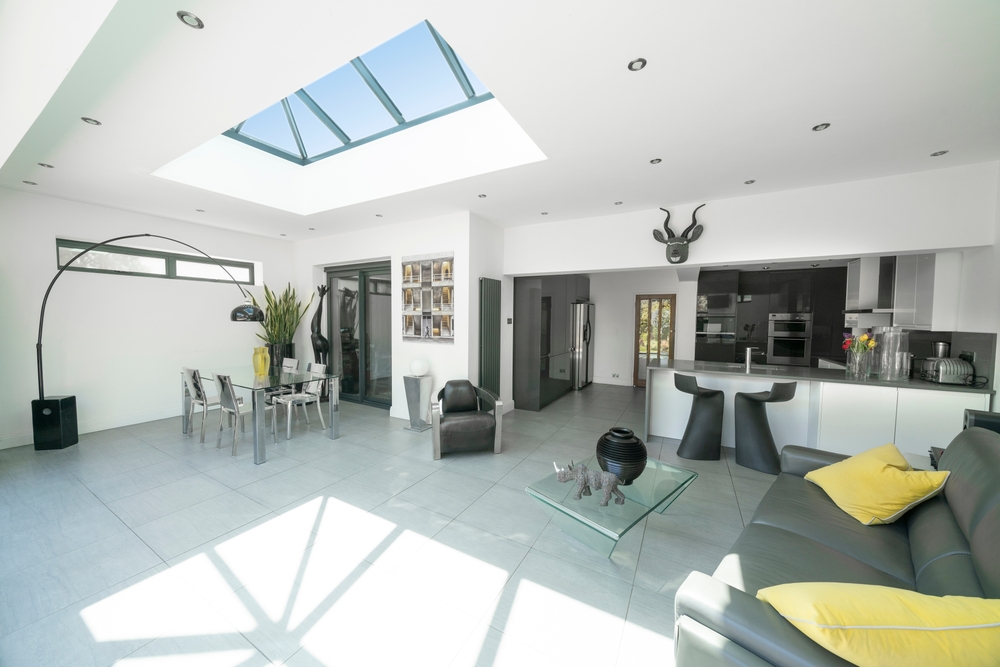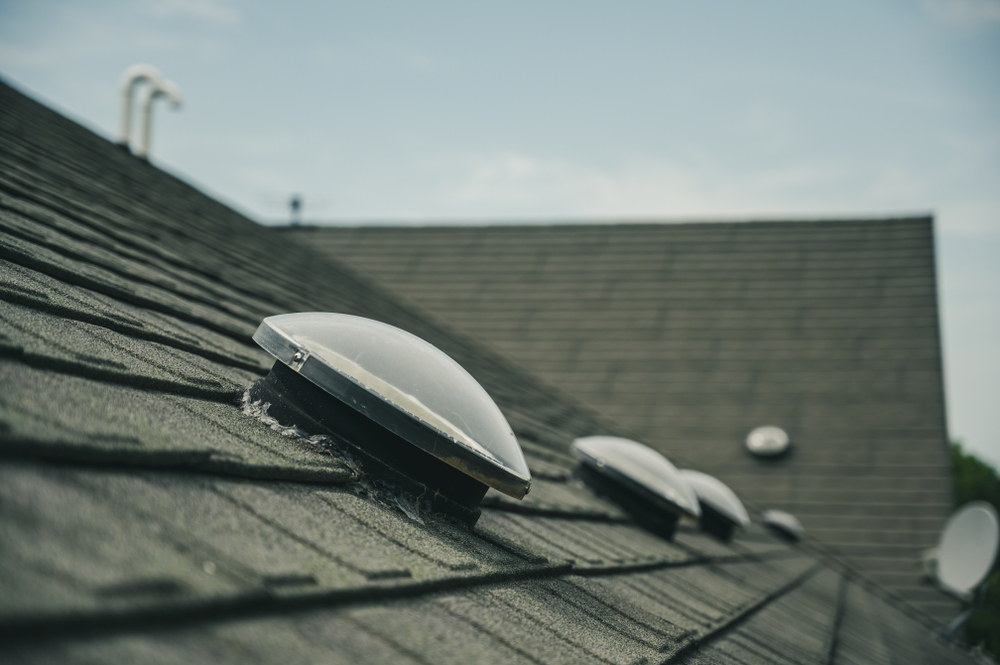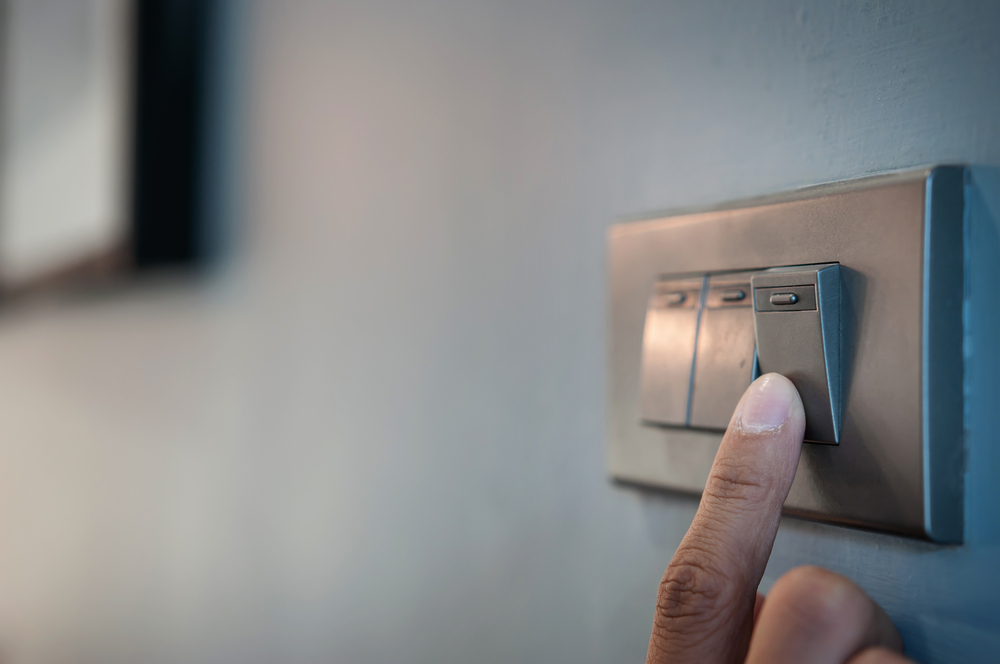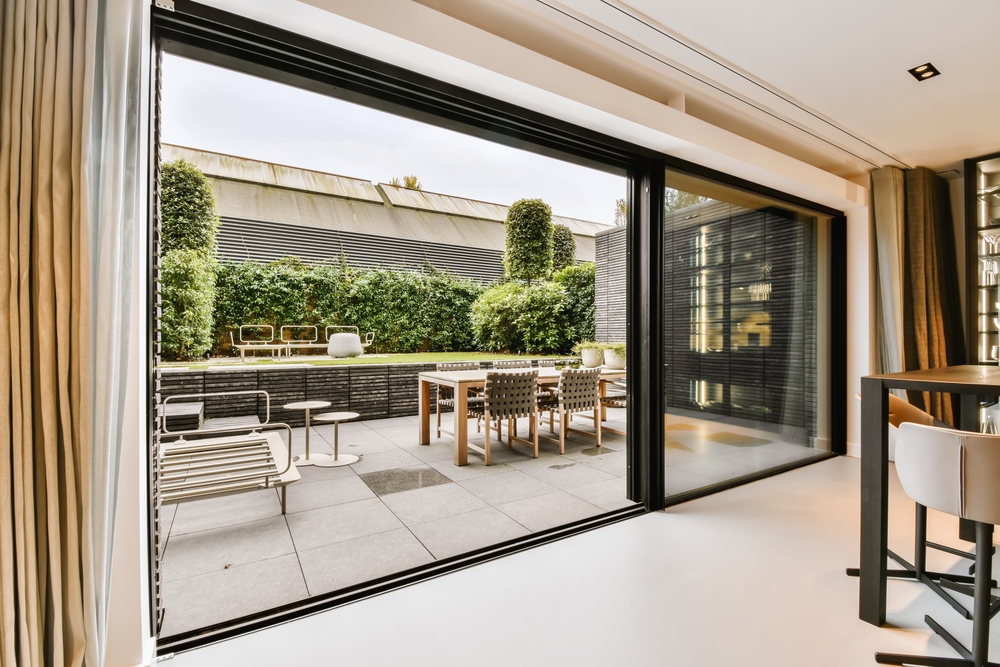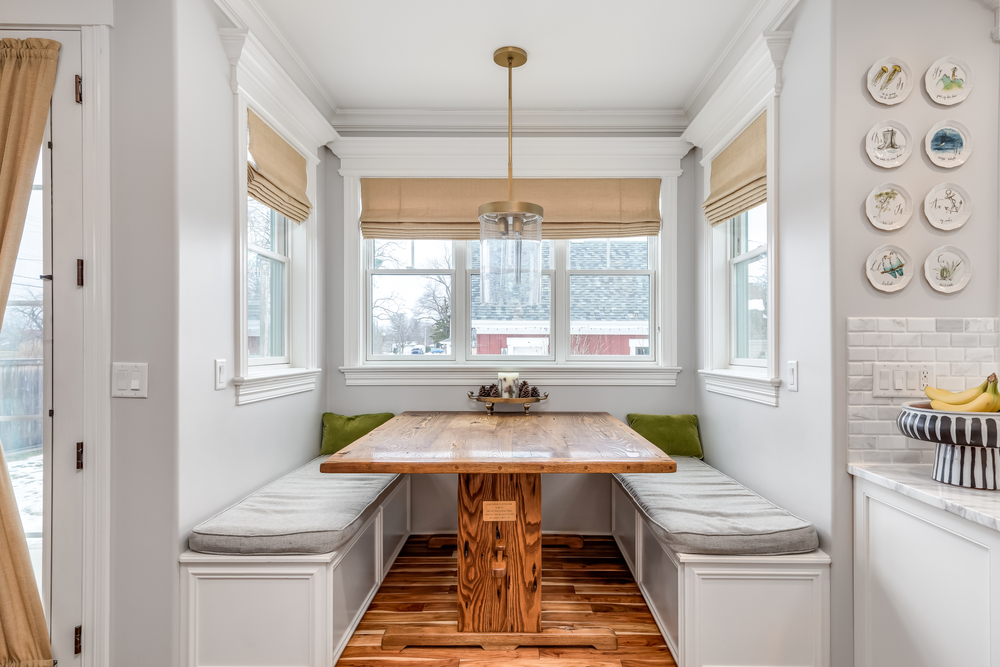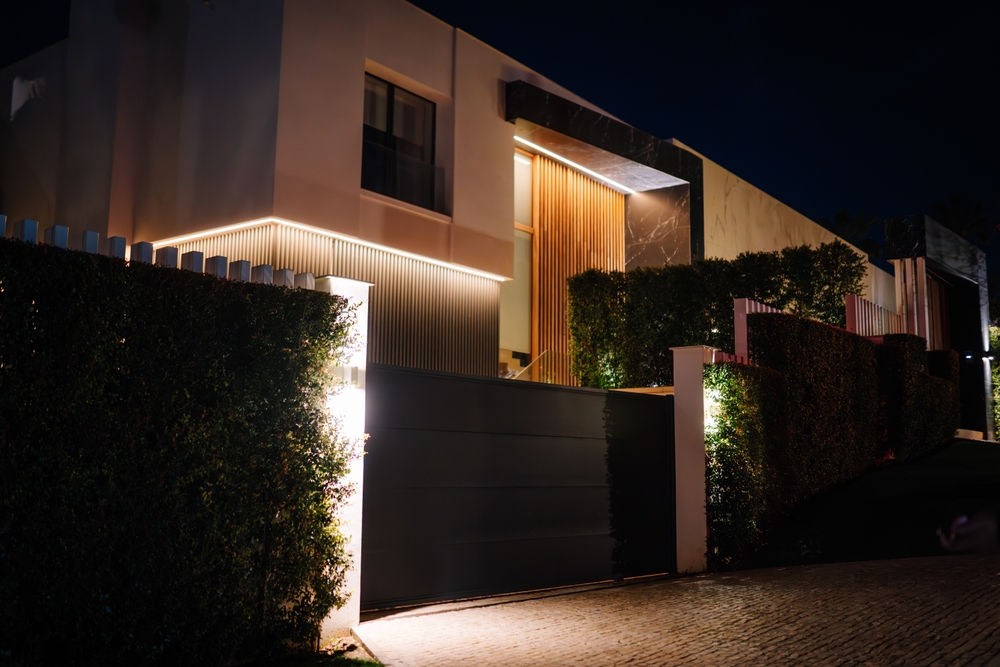Natural light can have a big impact on your home, mood, and health, and has become more popular than ever. Natural light can make your home’s interior look bright and spacious and can help you reduce your energy costs by providing not only light but also warmth.
Windows and glass doors will provide natural light but depending on their position, you may not have natural light for the entirety of the day or at the time you need it.
How Can You Get More Natural Light in Your Home?
You can achieve natural light in your home in a variety of ways. Traditional skylights, sun tunnels and solar powered skylights are all good options when it comes to enhancing the natural light in your home, however like any decision, there are pros and cons to consider.
Skylights
A skylight is a window installed directly on your roof and can be installed in just about any room in the house. There are two types of skylights: vented (opens to the outside) and fixed (sealed tight).
Pros
- Provides natural daylighting
- Lets more light in than a sun tunnel
- Can enhance the aesthetic of interior spaces
- Clear view to outside
- Openable skylights provide a good source of ventilation
- Great for bathrooms, for that added heat source, ventilation, and luxe feel
Cons
- Requires cutting through plaster and a hole in the roof to install
- Risk of heat gain and sun glare in summer
- Heat loss in winter
- Lack of lighting control (unless you have a blind incorporated)
- UV damage to furniture and flooring
- You will bake if seated directly underneath
Sun Tunnels
Sun tunnels, or solar tubes, capture sunlight on the roof and channel it into a highly reflective tube and into an interior space. This is another great option for areas of the home where it’s not possible for natural light to get through, or there isn’t a direct line from the roof to the room. Sun tunnels can be installed on pitched or flat roofs, and the tube can bend to suit the location.
Pros
- More cost effective than a skylight to install
- Easier to install than a skylight
- Provides natural daylighting without heat gain or sun glare
- Can be a rigid or soft tube for flexibility
- Smaller footprint, perfect for smaller rooms
Cons:
- Lack of lighting control
- Inherently less light than skylights
- Obscured view to outside
- Potential for leaks and condensation issues, if not properly installed
- No passive ventilation option
Solar Skylights
Solar skylights use solar panels to capture sunlight which is converted into electricity to power LED lighting within the home. Solar skylights do not require any structural roof modifications in order to install them.
Pros:
- Harnesses solar energy for electricity generation
- Reduces reliance on grid electricity
- Easy installation and maintenance
- Can be installed on any roof type
- Dimmable
Cons:
- Dependence on sunlight for energy production
- Doesn’t reflect natural lighting
To discuss which natural light option is best for your home, contact the team at Lateral Building Design.

